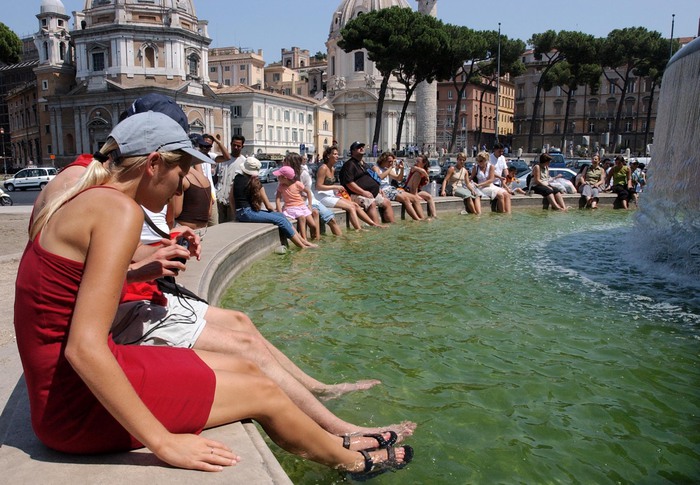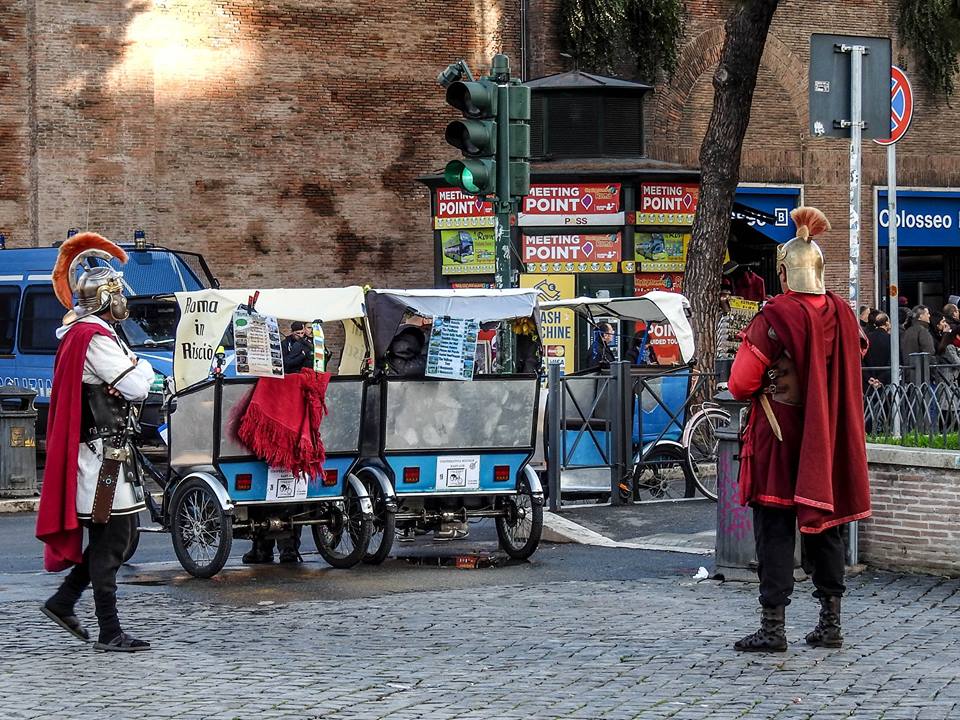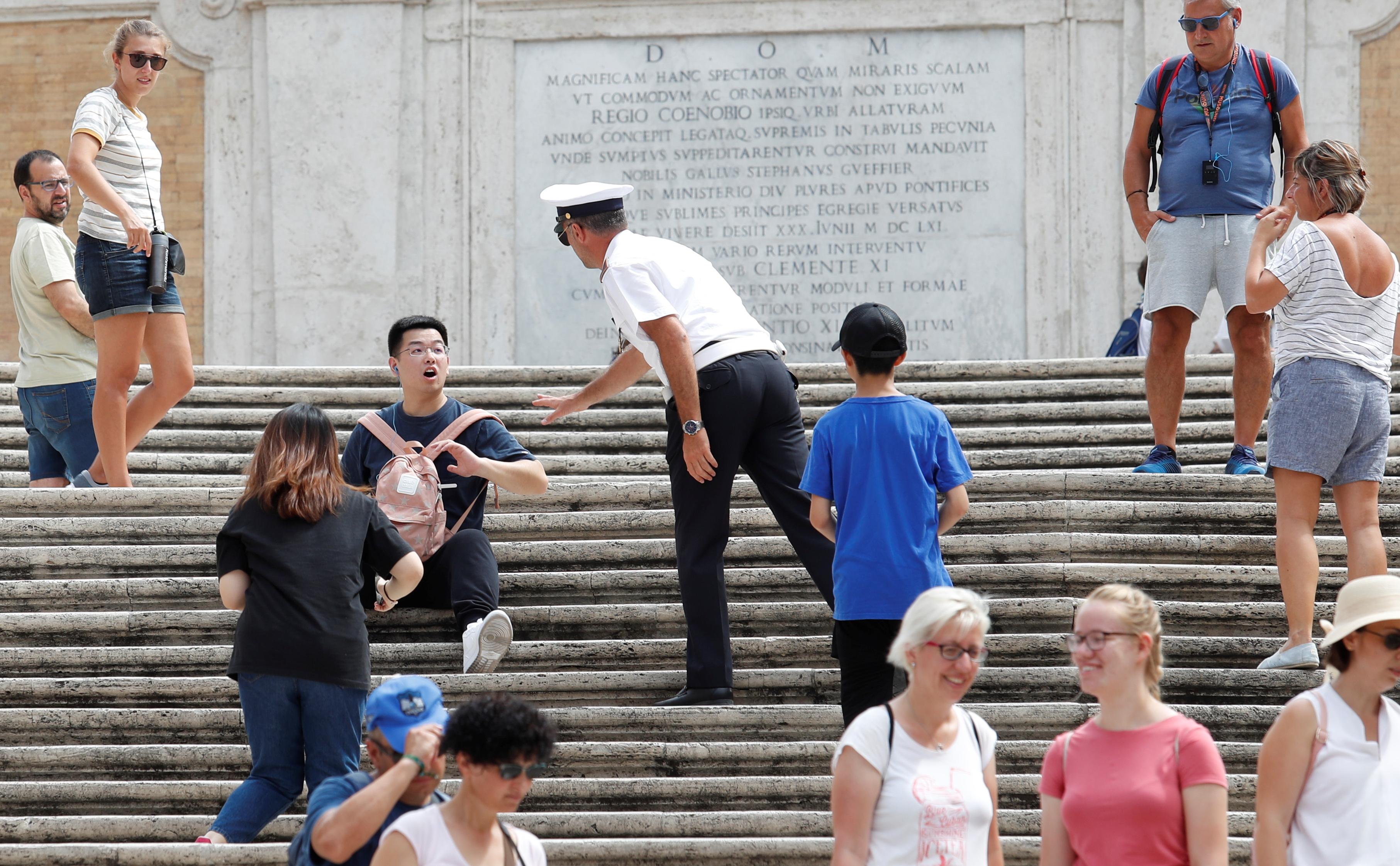 |
This one law above all may catch you by surprise: It is now illegal to eat messy food in historic locations in Rome (and some other cities in Italy). You may, of course, still enjoy your gelato in a park or while you stroll down a quiet street, but you could be fined (or even removed from the city centre) if you try to eat a pizza in an historic piazza or drip your ice cream onto the stones of the Coliseum. After 70 years this new legislation is meant to protect Rome and its historical sites from badly behaved tourists - and residents alike. As the most visited location in all of this magical peninsula, Rome cops a heavy hand from many who just do not seem to understand how to get the most from their travels while respecting all that this wonderful eterna has to offer. The new regulations (now in force) are the first since 1946! But why now you ask? There’s no question that many of Italy’s city centres are in a poor state. Rome in particular has become a byword for urban squalor, with almost weekly reports of Rome’s degrado (decay/deterioration). Problems include inefficient (corrupt?) trash collection that leaves central streets looking unkempt, potholed roads, many vacant buildings, and historic areas overrun with pushy street vendors — not uncommonly dressed as Roman gladiators or centurions. |
But as Dr. Ugo Rossi, author of Cities in Global Capitalism points out, “It's a structural problem . . . one that is particularly evident in Rome and other tourist-dominated cities.” With the rise of home-sharing services like Airbnb, the hearts of many historic Italian towns have become increasingly oriented towards tourist accommodation and businesses, with local residents on the decline. This may mean an increasing population that is less respectful of public spaces, Rossi says. “As a result city centres are now just places of consumption rather than residency—ones that are no longer used by local people.” This, together with the ever increasing demands of mass tourism, must eventually bring already suffering and badly managed resource centres to their knees. Although as Rossi again comments, “there should be within the public more reflection over this issue, rather than resorting to measures like the new law . . . When you try to simply repress something, it’s like trying to empty the sea.”
Regardless of public commentary these new regulations are now in place and tourists should beware. They include:
* A ban on the sale of alcohol and a consumption of same on the streets after 10PM.
* A strict ban on tourists and locals alike for bathing in any and all of the cities fountains.
* A ban on eating food around public monuments and squares.
* A prohibition against those awful locals who dress up as centurions and demand money for photographs – no more selfies with them outside places like the Coliseum etc.
* A ban on ticket sellers touting “skip-the-line” entries especially in places like the Vatican.
* And equally a ban on street food vendors who do not have the appropriate permits.
* No drying of clothes on wires suspended between buildings – putting a stop to the millions of photos that tourists have loved as a rather quirky representation of Roman (Italian) domestic practices.
* No busking or singing or playing a musical instrument on public transport.
* No walking the streets bare-chested (this can only be a good thing yes?).
* No “mouthing” the drinking fountain taps – as any good Roman will tell you, you should rather keep your distance and direct the fountain of water into your mouth.
* For traders, no shop window displays with erotic content or that which may be considered "detrimental to the dignity of the person."
* And finally, a serious ban of graffiti around historical sites.
Police will have the authority to ban persons who contravene the regulations for 48 hours, restricting them to certain areas of the city. If reported to the police commissioner and if a repeat offender, the measure may be extended to 60 days. Fines may also be applied for each violation.
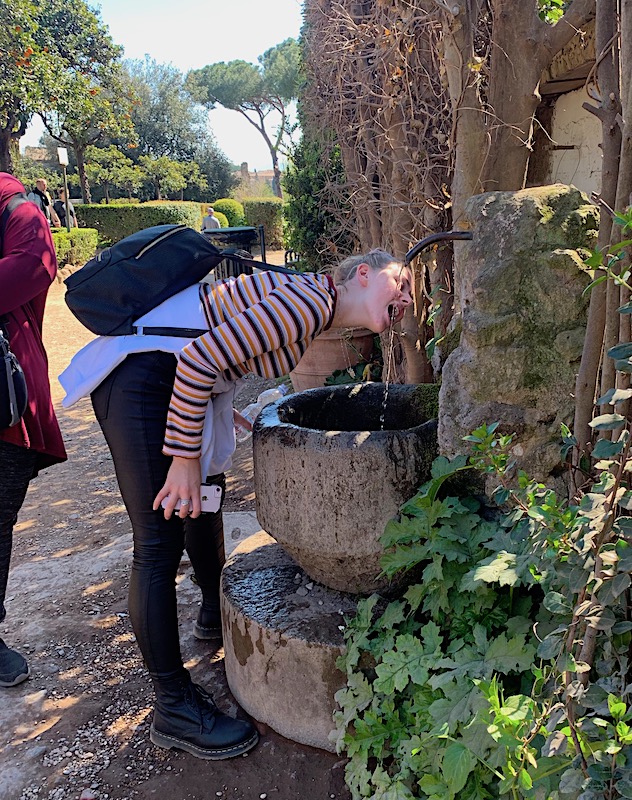
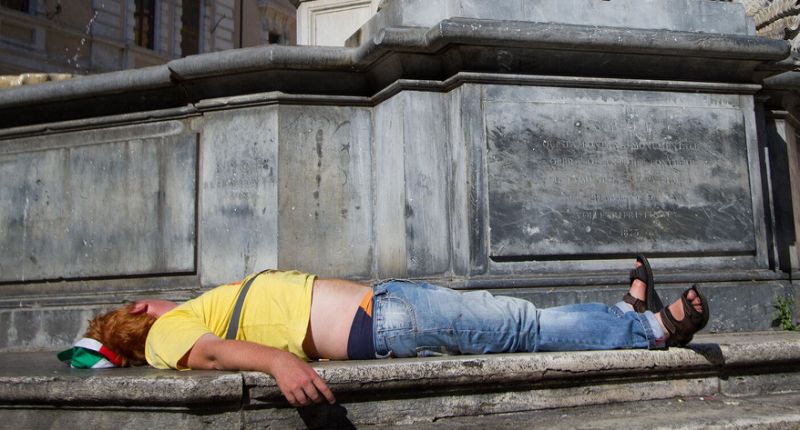
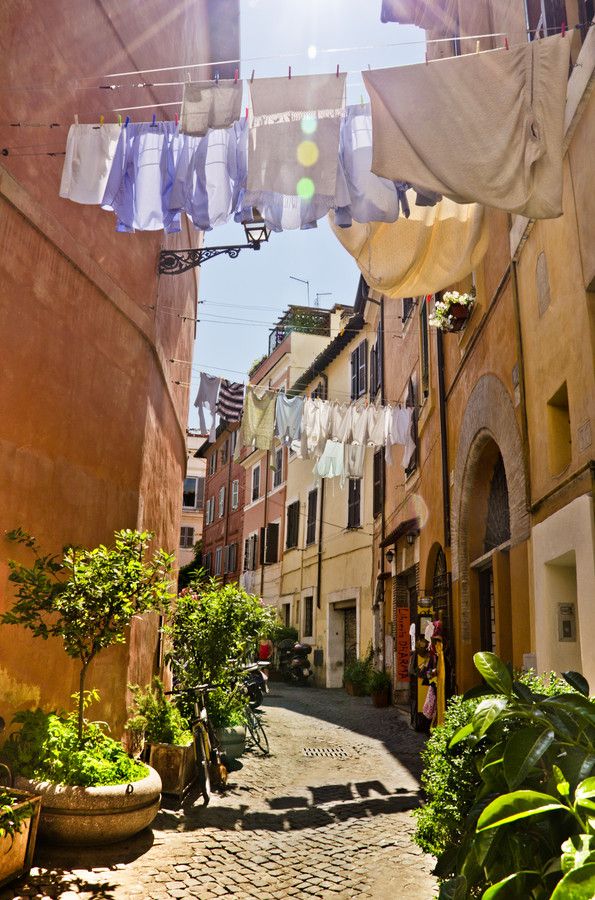
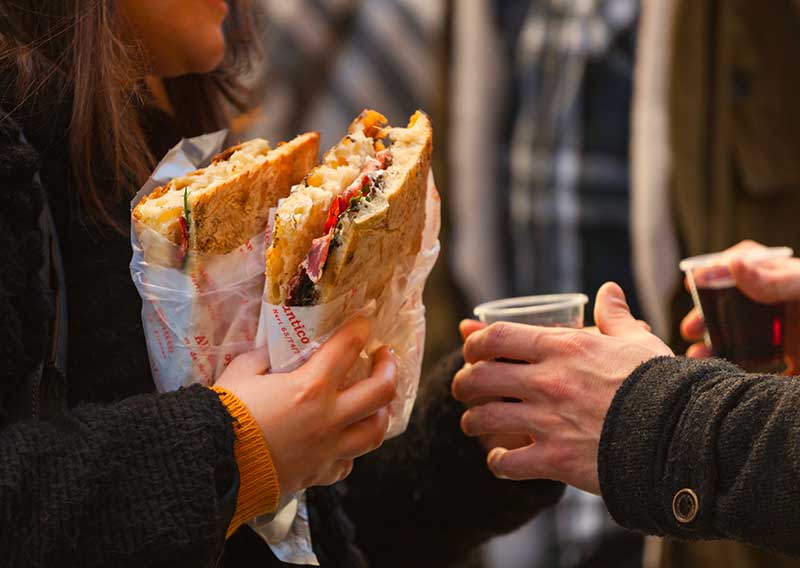
In summary, it seems the intent is to make Rome a more pleasant experience for both residents and tourists and to clamp down on illegal trading, as well as reinforcing the continuous struggle against a series of figures who have always taken advantage of tourists around the city monuments. Even though there have always been emergency ordinances in place in an attempt to regulate them, now the prohibitions are in place for good, covering areas of historical, artistic and monumental interest. But is also intended to curb the enthusiasm of those tourists who for some odd reason cannot travel with the utmost respect for all that these amazing places offer up to us. It remains to be seen how effectively it will be enforced.
